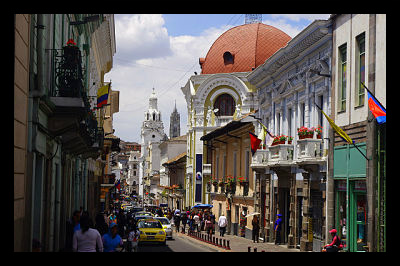How Do Remittances Help Poor Communities?

Immigrants come to work in the U.S. from around the world, particularly from Latin America and the Caribbean. A lot of foreign workers send money back to their families in their home countries and these remittances play an important role in alleviating poverty and helping poor communities develop.
The economies of developing countries in the western hemisphere are incredibly dependent on these remittance flows. Remittances to Haiti account for 25 percent of the country’s GDP. Remittances to Honduras account for nearly 20 percent and remittances to El Salvador account for more than 15 percent of GDP. Remittances to Guyana and Nicaragua also account for more than 15 percent of GDP.
These remittance flows serve as the primary source of income for many poor families in the region. They allow them to buy basic necessities such as food and clothing. Many families use the remittances to invest and better their lives. They use them to build a new house or to expand their business or start a new one. In many poor communities in Mexico, Central America and the Caribbean, the entire economy depends on these remittance flows. Remittances are used to finance all local investment and construction in many villages.
Around $60 billion worth of remittances are sent back to Latin America every year. More than one-fifth, around $12 billion, goes to Central America. This is four times more than the amount of development aid provided by the World Bank and foreign donors. It’s also three times more than the total amount of foreign direct investment in the region.
Since the economies of so many countries in the region depend so heavily on remittances, they are very intertwined with the U.S. economy. During the recession, the economic downturn spread through Central America, the Caribbean and parts of Mexico as remittance flows decreased. This had a major impact and resulted in several years of slow growth for many countries in Central America. Since the U.S. economy has recovered, remittance flows have increased and economies in the region have started growing again.
This highlights the importance that immigration plays in poverty reduction. These remittance flows create new jobs, infrastructure projects and opportunities for business expansion that are helping poor communities pull themselves out of poverty. This shows that a more open and structured immigration policy in the U.S. could potentially have a huge impact in the fight against global poverty.
– Matt Lesso
Sources: The Wall Street Journal, The World Bank, Americas Quarterly, Lonely Planet Guatemala
Photo: Flickr
